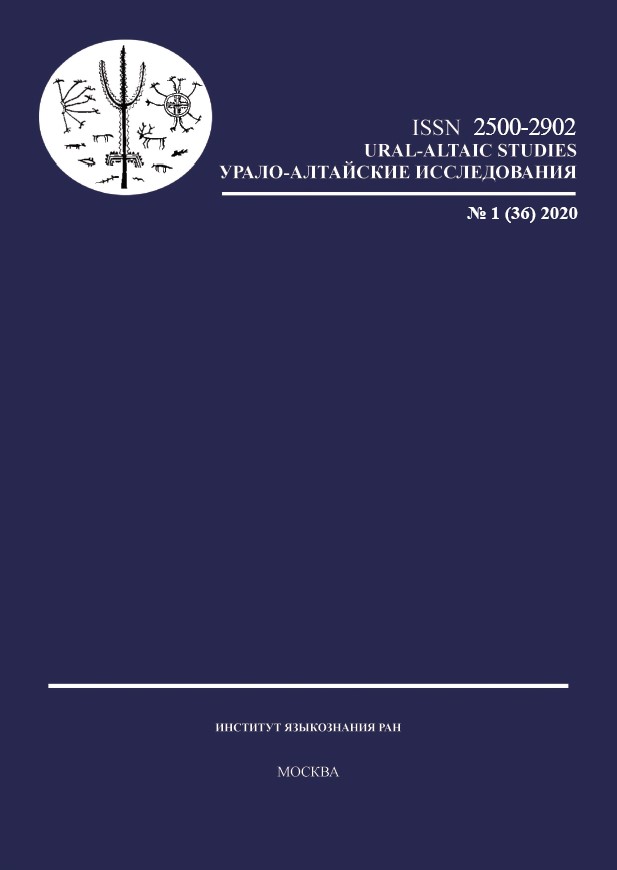ОТ МНОГОЯЗЫЧИЯ К «БОЛЬШОМУ ПЕРЕХОДУ» НА ТУНДРОВЫЙ НЕНЕЦКИЙ ЯЗЫК: ЛИНГВИСТИЧЕСКИЕ ИДЕОЛОГИИ И ДИНАМИКА ЯЗЫКОВОГО СДВИГА В ТУХАРДСКОЙ ТУНДРЕ И НА СОПРЕДЕЛЬНЫХ ТЕРРИТОРИЯХ В НИЗОВЬЯХ ЕНИСЕЯ (ХХ — НАЧ. XXI В.)
FROM SMALL-SCALE MULTILINGUALISM TO “THE BIG SHIFT” TO TUNDRA NENETS: LINGUISTIC IDEOLOGIES AND LANGUAGE SHIFT DYNAMICS IN TUKHARD TUNDRA AND THE LOWER YENISEI AREA (20th — THE BEGINNING OF THE 21st CENTURY)
Author(s): Maria Konstantinovna AmelinSubject(s): Cultural history, Recent History (1900 till today), Comparative Linguistics, Sociolinguistics, Ethnic Minorities Studies, Philology
Published by: Институт языкознания Российской академии наук
Keywords: Tundra Nenets; Tundra Enets; Forest Enets; Dolgan; language biography; sociolinguistics; linguistic ideologies; language ideologies; small-scale multilingualism; local ethnic group;
Summary/Abstract: In the article the data collected by the author during the expedition (November and December 2017) to Tukhard (Karaul rural settlement, Taimyrsky Dolgano-Nenetsky District) and the nomadic settlements of reindeer herders in Tukhard tundra (the Lower Yenisei area) are considered. In the first section оf the article the question about the boundaries of Tukhard tundra, the key “milestones” of Tuk- hard history and the data on the population of the region are considered. In the second section the author describes the material of the research: the detailed sociolinguistic interviews with the analysis of genealogical lines, “family trees” and language biographies of the native speakers of the Tukhard idiom of the Taimyr (Yenisei) dialect of Tundra Nenets. In the third section the author deals with the main difficulties and problems of the method of sociolinguistic reconstruction according to the data of language biographies. In the fourth section there are the lists of surnames of different local ethnic groups, living in Tukhard tundra (Tundra Nenets, Tundra Enets, Forest Enets, Dolgans, etc.). In the fifth section of the article the author illustrates the possibilities of the method of sociolinguistic reconstruction according to the data of language biographies: the peculiarities of small-scale multilingualism functioning in the conditions of mixed marriages and economic activities of representatives of different local ethnic groups; also the author shows how the loss of multilingualism (“the big shift to Tundra Nenets”) occured. In the sixth section of the article the author describes the linguistic ideologies (language ideologies) in Tukhard tundra and the Lower Yenisei area in the 20th century (and at the beginning of the 21st century). The author also high- lightes the uniqueness of the local group of Tukhard Nenets, in which a lot of different ethnic components are “dissolved”.
Journal: Урало-алтайские исследования
- Issue Year: 2020
- Issue No: 01 (36)
- Page Range: 7-48
- Page Count: 42
- Language: Russian

